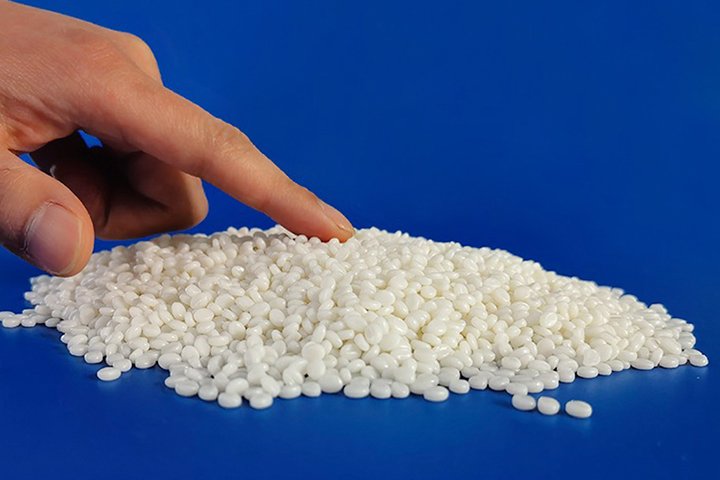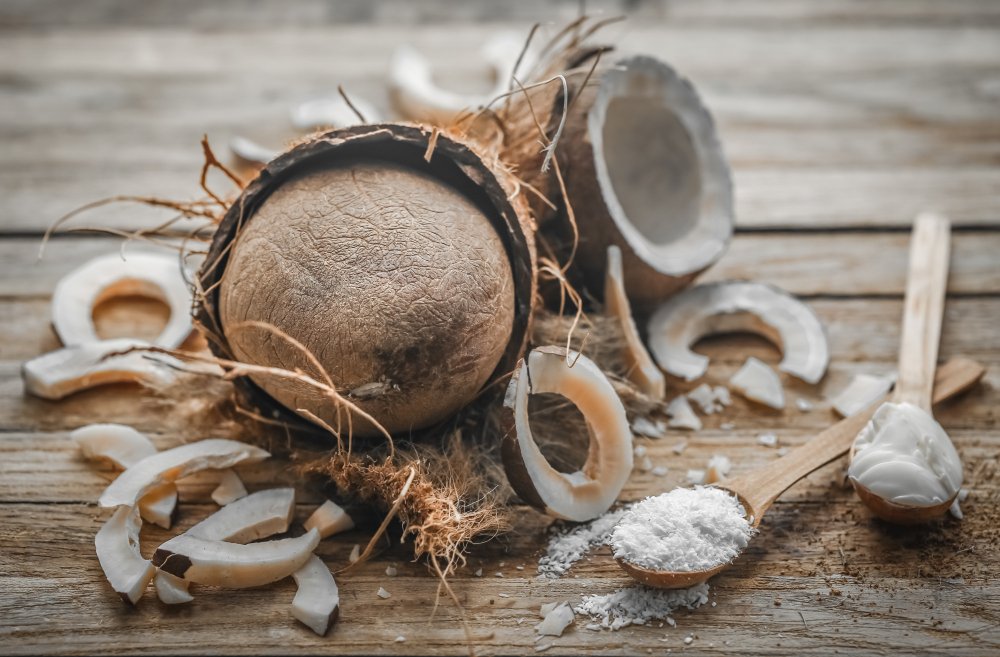The global plastic crisis demands innovative solutions, and nature may hold the key. One promising avenue lies in exploring renewable resources for bioplastics, and the humble coconut stands out as a particularly compelling candidate. Its abundance, inherent properties, and the potential to utilize its waste streams make coconut a compelling raw material for a more sustainable future. This article explores the untapped potential of coconut in revolutionizing the plastics industry.
Unlocking Coconut’s Bioplastic Potential
Coconut, a tropical marvel, offers a wealth of resources beyond its delicious flesh and refreshing water. The husk, shell, and even the sap possess unique properties that make them ideal candidates for bioplastic production. These components are rich in cellulose, hemicellulose, and lignin – the essential building blocks for creating strong and durable bioplastics. Unlike petroleum-based plastics, coconut-derived bioplastics boast a significantly lower carbon footprint, contributing to a more environmentally responsible approach to material production.
The versatility of coconut components further enhances its bioplastic potential. Different processing techniques can extract and modify these components to tailor the final bioplastic’s properties. This allows for the creation of bioplastics with varying degrees of flexibility, strength, and biodegradability, suitable for a wide range of applications. Research into optimizing these processes is ongoing, constantly unlocking new possibilities and refining the efficiency of coconut-based bioplastic production.
Furthermore, the widespread cultivation of coconuts in tropical regions presents a significant advantage. This accessibility reduces transportation costs and minimizes the environmental impact associated with long-distance shipping of raw materials. The abundance of coconut waste, often left to rot or burned, presents an opportunity to transform a disposal problem into a valuable resource. Harnessing this readily available material could significantly boost local economies while contributing to a cleaner environment.
Finally, the inherent biodegradability of coconut-based bioplastics offers a crucial advantage over conventional plastics. Unlike persistent pollutants that clog landfills and pollute oceans, coconut bioplastics can decompose naturally, reducing environmental damage and promoting a circular economy. This inherent sustainability aligns perfectly with the growing global demand for eco-friendly alternatives to traditional plastics.
Sustainable Solutions from Coconut Waste
The sheer volume of coconut waste generated globally is staggering. Husk, shell, and other by-products are often discarded, contributing to environmental problems like landfill overflow and methane emissions. However, this seemingly worthless waste stream represents a hidden treasure trove of raw materials for bioplastic production. By transforming coconut waste into valuable bioplastics, we can not only mitigate environmental damage but also create economic opportunities in coconut-producing regions.
Turning waste into wealth is the core principle behind utilizing coconut byproducts for bioplastics. This approach promotes a circular economy, minimizing waste and maximizing resource utilization. Existing waste management systems can be easily adapted to collect and process coconut waste, streamlining the supply chain and reducing logistical complexities. This integration into existing infrastructure ensures the feasibility and scalability of coconut-based bioplastic production.
The economic benefits extend beyond waste management. The creation of a bioplastic industry based on coconut waste can generate new employment opportunities in rural communities, particularly in developing countries where coconuts are a primary crop. This economic empowerment can foster sustainable development and improve the livelihoods of those involved in the production and processing of coconut-based bioplastics.
Furthermore, the use of coconut waste reduces our reliance on fossil fuels, a crucial step towards mitigating climate change. By replacing petroleum-based plastics with a renewable alternative, we lessen our carbon footprint and contribute to a more sustainable future. This transition towards renewable resources is not just environmentally responsible; it is economically viable and socially beneficial.
A Greener Future: Coconut Bioplastics
Coconut bioplastics are not just a sustainable alternative; they offer a superior solution to many of the problems associated with conventional plastics. Their biodegradability eliminates the persistent pollution caused by traditional plastics, preventing the accumulation of plastic waste in landfills and oceans. This inherent property contributes to a healthier environment and safeguards marine ecosystems from plastic contamination.
The strength and durability of coconut bioplastics are comparable to, and in some cases exceed, those of conventional plastics. This versatility allows for their use in a wide range of applications, from packaging and disposable tableware to construction materials and automotive components. Ongoing research continues to optimize the properties of coconut bioplastics, expanding their potential applications.
The use of coconut bioplastics contributes to a significant reduction in greenhouse gas emissions compared to petroleum-based plastics. This lower carbon footprint is a critical factor in mitigating climate change and promoting a more sustainable future. By choosing coconut bioplastics, consumers and businesses can actively participate in reducing their environmental impact.
Ultimately, the transition to coconut bioplastics is a move towards a more responsible and sustainable future. It represents a shift away from reliance on finite fossil fuels towards the utilization of abundant renewable resources. This change not only benefits the environment but also fosters economic growth and social progress in coconut-producing regions.
Revolutionizing Plastics with Coconut
The potential of coconut as a raw material for bioplastics is immense, offering a viable and sustainable alternative to the pervasive problem of plastic pollution. This transition requires a concerted effort from researchers, policymakers, and businesses to develop and implement effective strategies for scaling up production and promoting the widespread adoption of coconut-based bioplastics.
Investment in research and development is crucial to further optimize the production processes and enhance the properties of coconut bioplastics. This includes exploring innovative processing techniques, improving biodegradability, and expanding the range of potential applications. Collaboration between scientists, engineers, and industry stakeholders is essential to drive innovation and accelerate the transition to a more sustainable future.
Government policies and regulations play a vital role in promoting the adoption of coconut bioplastics. Incentives for businesses to utilize these materials, along with stricter regulations on conventional plastics, can create a favorable market environment for coconut-based alternatives. This supportive regulatory framework will accelerate the shift towards a more circular and sustainable economy.
The ultimate success of coconut bioplastics hinges on consumer awareness and acceptance. Educating the public about the environmental benefits and superior properties of these materials is crucial to driving demand and fostering widespread adoption. By embracing coconut bioplastics, we can collectively work towards a future where plastic pollution is a thing of the past.
The potential of coconut to revolutionize the plastics industry is undeniable. By harnessing the abundance of coconut waste and its inherent properties, we can create a more sustainable and environmentally responsible approach to plastic production. The transition to coconut bioplastics is not just a technological advancement; it is a crucial step towards a healthier planet and a more prosperous future for communities involved in coconut cultivation. The time for action is now; let’s unlock the full potential of this remarkable natural resource and build a greener world, one coconut bioplastic at a time.


